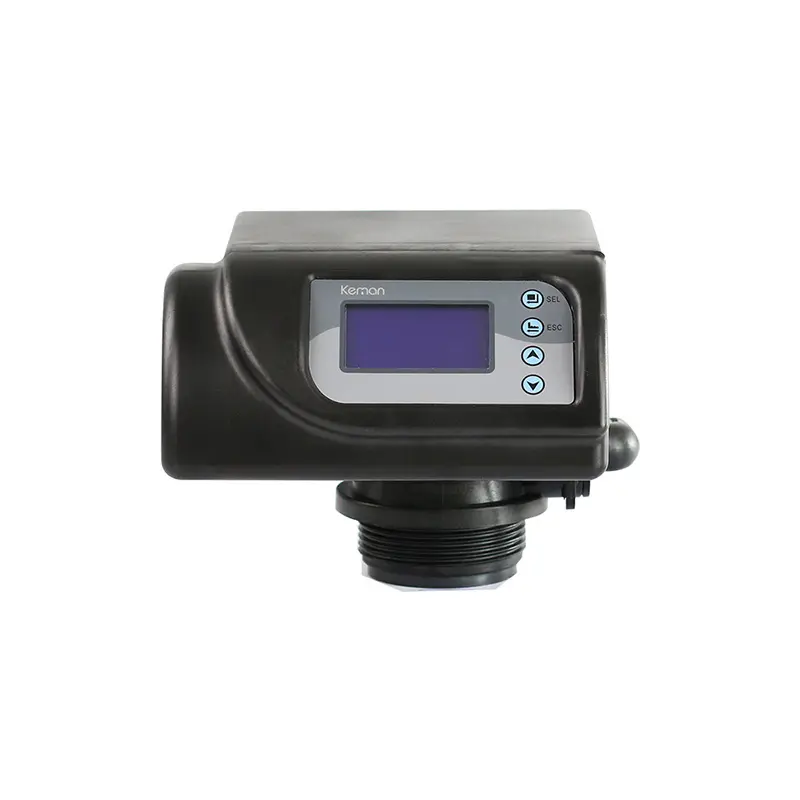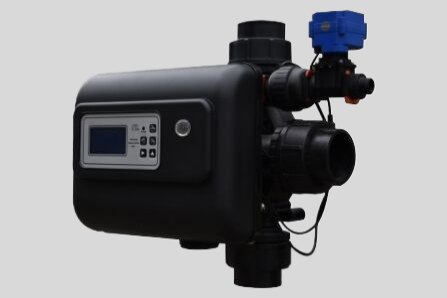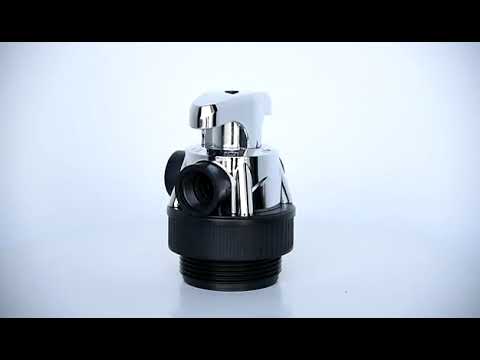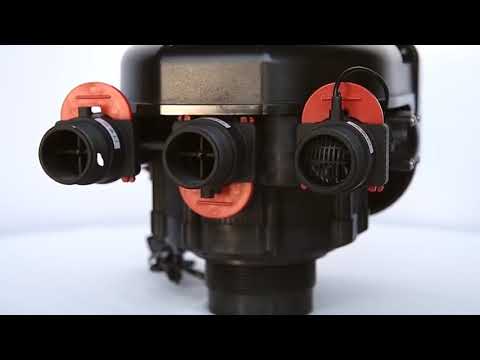Understanding the Importance of the water softener bypass valve O Ring: A Comprehensive Guide
The water softener bypass valve O ring is a small but crucial component of your water softening system. It plays a pivotal role in ensuring the smooth operation of your water softener, and its importance cannot be overstated. This article aims to provide a comprehensive guide to understanding the significance of the water softener bypass valve O ring.
| Model | Category | Water Capacity m3/h | LCD | LED | ICON | DIODE |
| ASE2 | Advanced Function automatic softener valve | 2 | O | X | X | X |
| ASE4 | Advanced Function automatic softener valve | 4 | O | X | X | X |
| ASS2 | automatic softener valve | 2 | O | O | O | O |
The water softener bypass valve O ring is a rubber seal that ensures a tight and secure connection between the bypass valve and the water softener. The bypass valve is a critical component of the water softening system, allowing you to divert water away from the softener when necessary, such as during maintenance or repairs. The O ring ensures that this process is leak-free and efficient.
The O ring’s primary function is to prevent water leakage. When the bypass valve is engaged, the water pressure can be quite high. Without the O ring, water could potentially leak out from the connection between the valve and the softener, leading to water wastage and potential damage to the surrounding area. Therefore, the O ring plays a crucial role in maintaining the efficiency and effectiveness of your water softening system.
Moreover, the O ring also contributes to the longevity of your water softener. By preventing leaks, it reduces the risk of water damage to the softener and other components of the system. This can significantly extend the lifespan of your water softener, saving you the cost and hassle of frequent replacements.
| Mode | MF2 | MF2-H | MF4 | MF4-B | MF10 | AF2 & AF2-H | AF4 | AF10 |
| Regeneration mode | Manual | Automatic | ||||||
| Timer by day: 0-99days | ||||||||
| Timer by hours: 0-99hours | ||||||||
| Inlet | 3/4” | 3/4” | 1” | 1” | 2” | 1/2”, 3/4”, 1” | 1” | 2” |
| Outlet | 3/4” | 3/4” | 1” | 1” | 2” | 1/2”, 3/4”, 1” | 1” | 2” |
| Drain | 3/4” | 3/4” | 1” | 1” | 2” | 1/2”, 3/4”, 1” | 1” | 2” |
| Base | 2-1/2” | 2-1/2” | 2-1/2” | 2-1/2” | 4” | 2-1/2” | 2-1/2” | 4” |
| Riser pipe | 1.05”OD | 1.05”OD | 1.05”OD | 1.05”OD | 1.5”D-GB | 1.05”OD | 1.05”OD | 1.5”D-GB |
| Water Capacity | 2m3/h | 2m3/h | 4m3/h | 4m3/h | 10m3/h | 2m3/h | 4m3/h | 10m3/h |
| Working Pressure | 0.15-0.6MPa | |||||||
| Working Temperature | 5-50 °C | |||||||
| Power Supply | AC100-240V/50-60Hz DC12V-1.5A | |||||||
However, like all components, the water softener bypass valve O ring is subject to wear and tear. Over time, it may become worn or damaged, leading to potential leaks. Therefore, it is essential to regularly check the condition of your O ring and replace it if necessary. A damaged O ring can compromise the effectiveness of your water softening system and lead to more significant problems down the line.


Replacing the O ring is a relatively simple process that can be done without professional help. However, it is crucial to ensure that the replacement O ring is of the correct size and made from suitable material. The size of the O ring must match the bypass valve perfectly to ensure a tight seal. The material must also be resistant to the chemicals used in the water softening process to prevent premature wear and tear.
In conclusion, the water softener bypass valve O ring is a small but vital component of your water softening system. It ensures a leak-free connection between the bypass valve and the water softener, contributing to the efficiency and longevity of your system. Regular inspection and timely replacement of the O ring are essential to maintain the optimal performance of your water softening system. Despite its small size, the importance of the water softener bypass valve O ring should not be underestimated.







